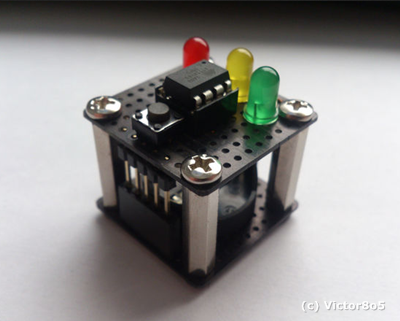

In the code above, each generated random number is treated as an unsigned 32 bit integer. I would like to program the arduino to rotate a little servo motor that will. But since the TRNG on SAM3X8E is fast (one random number for every 84 clock cycles), we can safely ignore it here. Technically speaking we need to wait till the random number generator is ready before reading the output data.

Pmc_enable_periph_clk is defined in hardware/arduino/sam/system/libsam/source/pmc.c, and trng_enable, trng_read_output_data are both defined in hardware/arduino/system/libsam/source/trng.c. If you press the reset button on Arduino to restart the sketch, the first lines of random numbers will be unchanged. Uint32_t t = trng_read_output_data(TRNG) The code below shows the easiest way to use the built-in TRNG: Enjoy Arduino Pseudo Random Non-Consecutive Number Generator from Learn Programming and Electronics with Arduino on Scribd. This can be accomplished by calling randomSeed () with a fixed number, before starting the random sequence.
ARDUINO RANDOM FUNCTION HOW TO
In this post, we will take a brief look at how to use it in the Arduino environment and take a look at some of its statistical characteristics.

Arduino Due uses an Atmel SAM3X8E ARM Cortex-M3 CPU, which has a native hardware based True Random Number Generator (TRNG).


 0 kommentar(er)
0 kommentar(er)
